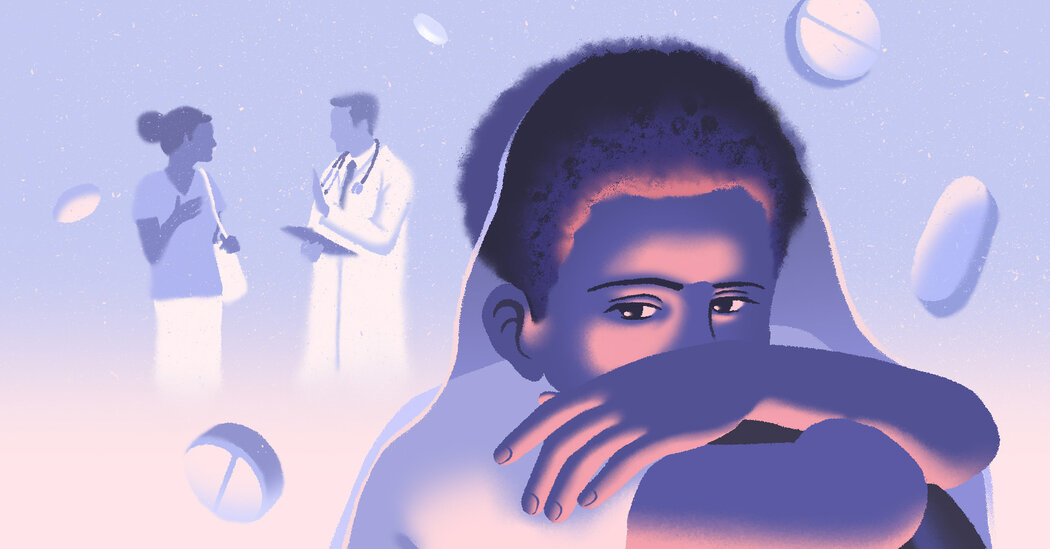Dr. Cristina Gonzalez, a professor of medicine at the Albert Einstein College of Medicine in New York City who teaches physicians how to recognize and manage their implicit biases, said she remembered one instance years ago when a young Hispanic patient came into the hospital complaining of severe pain. A staff member said, “I don’t think he is really in pain.” He was eventually diagnosed with a gallbladder infection, Dr. Gonzalez said, but those doubts could have delayed his treatment and caused damage that could have been life-threatening.
“Delaying care has significant health downstream effects,” she said.
What can you do to improve your child’s pain management?
Experts emphasized that the onus should not be on patients to improve their own care. In recent years, there has been a push by researchers, hospitals and lawmakers to help health care providers become more aware of their biases — which everyone has — and to change their behavior accordingly. But “those are things that take time,” Dr. Wyatt said. In the meantime, these strategies may help parents at the hospital:
Keep records. Write down your child’s medications, symptoms and pediatrician’s contact information. Then, give the staff this information, which will help them assess what type of care your child needs faster. This is particularly helpful if your child has a chronic condition and is taking medication regularly.
Get to know the hospital staff. Vanessa Finch, of Fort Lauderdale, Fl., whose son Kahleeb Beckett died at age 24 during a sickle cell crisis at the hospital, said that when Kahleeb was young, she found ways to connect with the hospital workers. “I volunteered. I kicked it with the social workers. I stayed in those doctors’ faces,” she said. “That makes a difference.” She discovered that when the medical staff felt a more personal connection to her son, who was Black, they were more empathetic to his pain.
Try to alleviate your child’s anxiety. Studies show that anxiety and pain are intricately interwoven and some surprisingly simple tactics can help to reduce anxiety and lessen perceptions of pain. These may include having your child imagine a favorite place, listening to a guided imagery exercise or offering distractions, like music or a video. You can use these strategies while waiting for treatment.
Take deep breaths. “We know that parents’ distress about their child’s pain in the E.D. really impacts how their child experiences pain and how they respond to treatment,” said Emily Law, an author of the recent study on migraine treatment in adolescents and an associate professor of anesthesiology and pain medicine at the University of Washington. So do what you can to stay calm, whether that involves taking deep breaths or stepping out of the exam room to call a friend for support.
If necessary, file a complaint. If you feel that your child hasn’t been treated appropriately, ask to speak with a hospital social worker or write a complaint to the hospital to hold them accountable.
Credit: Source link



